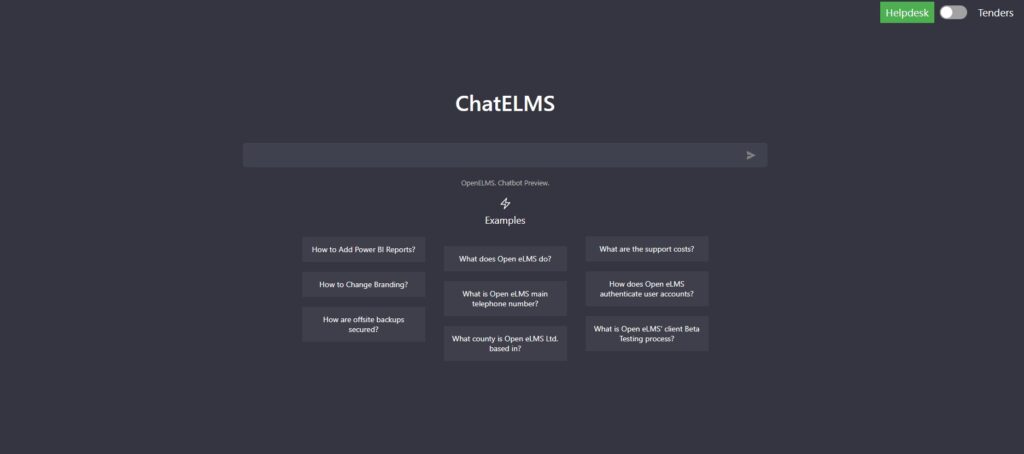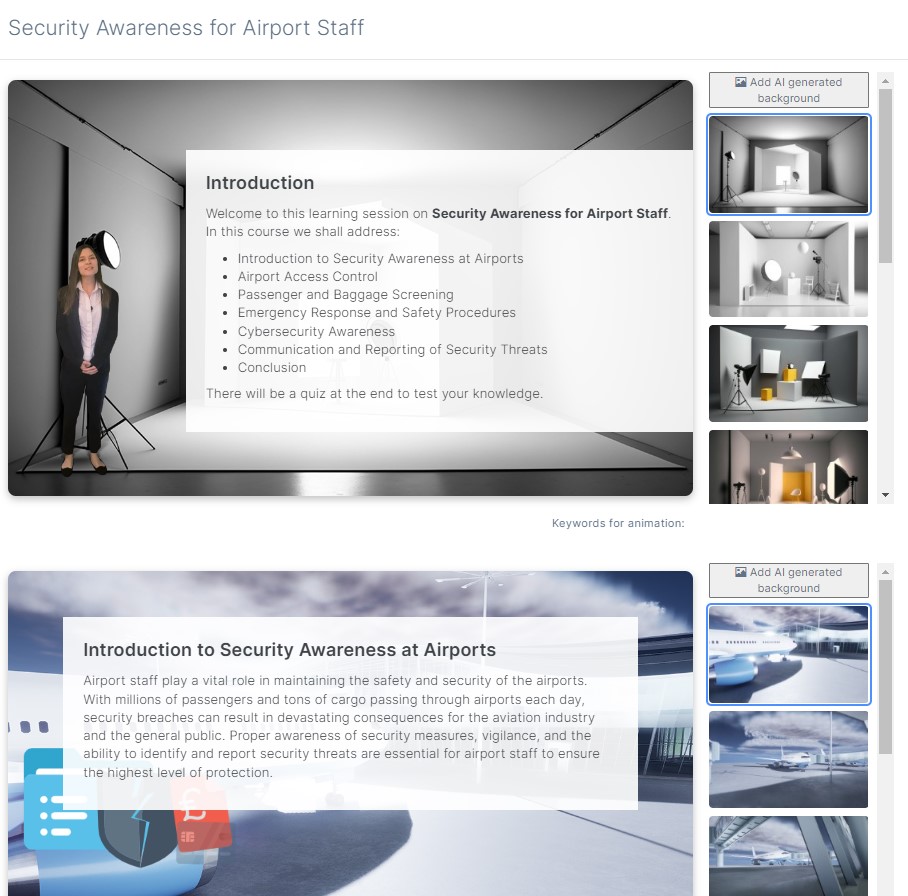The Essential Features of a Modern Learning Management System

The integration of technology into learning processes is not just a luxury—it’s a necessity. The days of traditional, one-size-fits-all teaching methods are fading, replaced by dynamic, personalised learning experiences. At the heart of this transformation lies the Learning Management System (LMS), a vital tool that provides a comprehensive platform to deliver, track, and manage educational […]
Feeling Stuck? Explore How AI Transforms eLearning Content Development

Are you feeling stuck in developing engaging eLearning content? We’ve been there before, and we understand the struggle. After doing some extensive research, there is a solution: Artificial Intelligence (AI). This article explores how AI is reshaping the landscape of eLearning content development, providing innovative ways to enhance your eLearning courses. Key Takeaways AI is […]
Debunking Insecurities in creating eLearning using AI

Hey there! Today, I want to dive into a topic that’s been on many of our minds: the insecurities surrounding the use of AI in creating eLearning content. With tools like Open eLMS AI promising to churn out top-notch eLearning materials effortlessly, it’s time we address the elephant in the virtual classroom. Are our fears […]
From Text Prompt to eLearning Magic

Hello all! Today, I want to talk about something that might sound straight out of a sci-fi movie: using AI to turn text prompts into fully-fledged eLearning content. That’s right – we’re talking about harnessing the power of artificial intelligence to transform a simple idea into a comprehensive learning experience. Intrigued? Let’s dive in! Open […]
Open eLMS MD Interview on Generative AI tool openelms.ai

Our Managing Director, Emil Reisser-Weston, was interviewed recently by Learning News regarding it’s AI powered elearning authoring system: openelms.ai. In this interview Emil explains how AI is used to automatically generate a script, organize learning objectives, and divide them into different sections within the course. It also generates visuals, videos, and animations, mimicking the process […]
Benefits of creating your own AI engine

Why do I need a custom AI? Open eLMS Chat is a powerful chatbot platform designed to transform your company’s communication dynamics. Powered by a state-of-the-art chat engine, the Open eLMS Chat mirrors the capabilities of Chat GPT4 but is tailored uniquely for your business. The heart of Open eLMS Chat lies in its bespoke admin interface, an […]
How to Use AI in eLearning Development in 2023

Personalised Learning: The Impact of AI on the eLearning Industry Artificial intelligence is revolutionising the eLearning industry by providing personalised learning experiences, automating administrative tasks, and enabling better assessment and feedback mechanisms. We are using the power of AI to make eLearning more efficient, effective, and engaging for learners around the world. We have been […]
